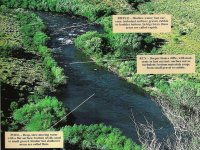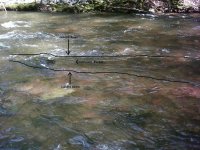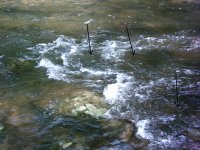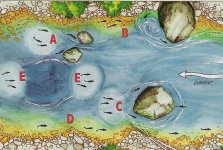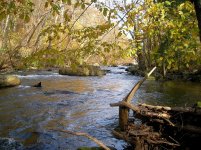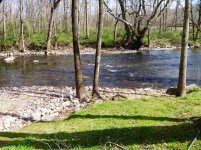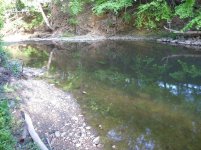greenfish13
New member
Hello,
I am hoping that somebody could explain to me the difference between a riffle and pocket water.
I understand that a riffle is the fastest flowing water in a river and runs no deeper than 3 feet and that pocket water is the space behind a rock sticking out of the water. Where does pocket water in a river occur? Can pocket water occur in riffles? When trout occupy a riffle are they necessarily found in pocket water? Any input on this is greatly appreciated, thank you!
I am hoping that somebody could explain to me the difference between a riffle and pocket water.
I understand that a riffle is the fastest flowing water in a river and runs no deeper than 3 feet and that pocket water is the space behind a rock sticking out of the water. Where does pocket water in a river occur? Can pocket water occur in riffles? When trout occupy a riffle are they necessarily found in pocket water? Any input on this is greatly appreciated, thank you!

